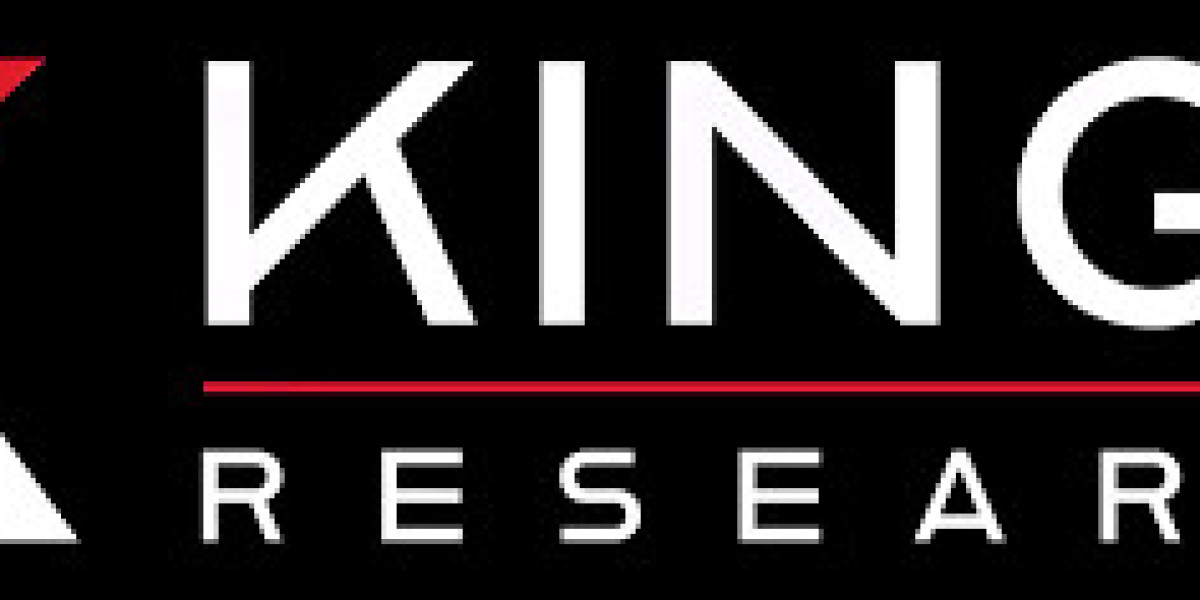Food allergies affect millions of people worldwide, causing a wide range of symptoms that can significantly impact daily life. Understanding the various food allergy treatment options available is crucial for managing this condition effectively. This comprehensive guide will explore different treatment strategies, from preventive measures to emergency responses, providing valuable insights into managing food allergies for a safer and healthier life.
Understanding Food Allergies
Food allergies occur when the immune system mistakenly identifies a harmless food protein as a threat, triggering an allergic reaction. Common food allergens include peanuts, tree nuts, milk, eggs, wheat, soy, fish, and shellfish. Symptoms can range from mild (hives, itching, and gastrointestinal issues) to severe (anaphylaxis, a life-threatening reaction that requires immediate medical attention).
Diagnosis of Food Allergies
Before diving into treatment options, it’s essential to have an accurate diagnosis. Diagnosis typically involves:
- Medical History: A detailed medical history helps identify potential allergens based on past reactions and family history.
- Elimination Diet: Temporarily removing suspected allergens from the diet and reintroducing them one at a time can help pinpoint specific triggers.
- Skin Prick Test: This test involves placing small amounts of allergens on the skin and pricking the surface to see if a reaction occurs.
- Blood Tests: Blood tests measure the presence of specific antibodies (IgE) that indicate an allergic reaction to certain foods.
- Oral Food Challenge: Conducted under medical supervision, this test involves consuming the suspected allergen in increasing amounts to confirm the diagnosis.
Preventive Measures
Preventive measures are a cornerstone of food allergy treatment. These strategies focus on avoiding allergens and minimizing the risk of accidental exposure:
- Read Food Labels: Always check ingredient labels for allergens. Be aware of alternative names for common allergens.
- Educate Yourself and Others: Ensure that family members, friends, and caregivers understand your food allergies and how to avoid exposure.
- Avoid Cross-Contamination: Prevent cross-contact by using separate utensils, cookware, and surfaces when preparing allergen-free meals.
- Dining Out Safely: When eating out, inform restaurant staff about your allergies, and ask about ingredients and preparation methods to avoid contamination.
Medication and Emergency Treatments
Medication plays a critical role in managing food allergies, particularly for controlling symptoms and treating severe reactions:
- Antihistamines: These over-the-counter medications can relieve mild symptoms such as itching, hives, and sneezing. They are not suitable for severe reactions.
- Epinephrine: For severe allergic reactions (anaphylaxis), epinephrine auto-injectors (e.g., EpiPen) are essential. Epinephrine quickly reverses the symptoms of anaphylaxis and can be life-saving. Carrying an auto-injector at all times and knowing how to use it is crucial.
- Corticosteroids: These medications can help reduce inflammation and manage more severe allergic reactions, but they are not a substitute for epinephrine in anaphylaxis.
- Bronchodilators: For individuals with food-induced asthma, bronchodilators can help open airways and make breathing easier during an allergic reaction.
Immunotherapy
Immunotherapy is an emerging treatment option that aims to desensitize the immune system to specific allergens over time:
- Oral Immunotherapy (OIT): This treatment involves consuming small, gradually increasing amounts of the allergen under medical supervision. The goal is to increase the threshold at which a reaction occurs, potentially allowing for safe consumption of the allergen in small quantities.
- Sublingual Immunotherapy (SLIT): In this method, small doses of the allergen are placed under the tongue. SLIT is less invasive than OIT but may be less effective for some allergens.
- Epicutaneous Immunotherapy (EPIT): This treatment uses a skin patch containing the allergen. The allergen is absorbed through the skin, aiming to desensitize the immune system. EPIT is still being researched and is not widely available yet.
Dietary Management
Proper dietary management is essential for living with food allergies:
- Allergen-Free Diet: Strictly avoiding known allergens is the most effective way to prevent reactions. This involves careful meal planning and preparation.
- Nutritional Balance: Ensure your diet remains nutritionally balanced despite eliminating certain foods. Consulting with a dietitian can help you develop a safe and healthy eating plan.
- Substitute Ingredients: Find safe alternatives for common allergens. For example, use almond milk instead of cow's milk, or rice flour instead of wheat flour.
Emergency Action Plans
Having an emergency action plan is vital for managing food allergies, especially for children:
- Create a Plan: Develop a clear action plan outlining steps to take during an allergic reaction, including when to administer epinephrine and when to seek emergency medical help.
- Communicate the Plan: Share the emergency action plan with family, friends, school staff, and caregivers. Ensure everyone knows how to recognize symptoms and respond appropriately.
- Practice Drills: Regularly practice emergency drills to ensure readiness and confidence in handling allergic reactions.
Emerging Treatments and Research
The field of food allergy treatment is evolving, with ongoing research exploring new and innovative approaches:
- Biologics: These are targeted therapies that modulate the immune system's response to allergens. Biologics such as omalizumab (Xolair) show promise in treating severe food allergies.
- Vaccines: Research is underway to develop vaccines that could prevent food allergies by inducing immune tolerance to specific allergens.
- Microbiome Therapy: Studies suggest that gut bacteria play a role in immune function. Researchers are exploring the potential of microbiome therapies to prevent or treat food allergies.
Support and Advocacy
Living with food allergies can be challenging, but support and advocacy can make a significant difference:
- Support Groups: Joining a support group for individuals with food allergies can provide emotional support, practical advice, and a sense of community.
- Advocacy Organizations: Organizations such as Food Allergy Research & Education (FARE) offer resources, advocacy, and research funding to improve the lives of those with food allergies.
- Education Campaigns: Participate in or support education campaigns to raise awareness about food allergies and promote safety measures in schools, restaurants, and public spaces.
Conclusion
Managing food allergies requires a multifaceted approach that includes accurate diagnosis, preventive measures, medication management, immunotherapy, dietary adjustments, and emergency preparedness. By working closely with healthcare providers and staying informed about the latest research and treatment options, individuals with food allergies can lead safer and healthier lives. An allergy treatment clinic offers specialized care and support, ensuring that you receive comprehensive and effective management for your condition. Whether through traditional treatments or emerging therapies, the goal is to minimize the impact of food allergies and enhance your overall quality of life.














